-
SWITCHING POWER SUPPLY
-
Enclosed Type Power Supply
Enclosed switching power supply
KUS series | Ultra thin and efficient type KMS series | Miniature and economic type KCS series | Compact design type KES series | Compact design and efficient type KSS series | Slim type KS series | Classic normal type KSP series | Active PFC function type K▢▢ series | Multi-output type KC series | UPS charge function typeEnclosed LED power supply
KLW series | Constant voltage | Water proof | Aluminium case KLW-▢▢E series | Constant voltage | Water proof | Plastic case KHW series | Constant voltage with PFC function | Water proof | Aluminium case KEN series | Dimmable type | Water proof | Aluminium case KLR series | Constant voltage | Rain proof | Metal case -
Module Power Supply [Under Development ]
DC-DC Converter | Power Module
1~15W SMD Package 0.1~1W Isolated | Fixed input voltage | unregulated output 2W Isolated | Fixed input voltage | unregulated output 1~2W Isolated | Special for Medical | Fixed input voltage | unregulated output 0.5~2W Isolated | Fixed input voltage | regulated output 0.5~5A Non-Isolated | Wide input voltage | regulated output 1~3W Isolated | Wide input voltage | Regulated output 5~6W Isolated | Wide input voltage | Regulated output 10~12W Isolated | Wide input voltage | Regulated output 15~20W Isolated | Wide input voltage | Regulated output 30~50W Isolated | Wide input voltage | Regulated output 60~100W Isolated | Wide input voltage | Regulated output 100~200W Isolated | Wide input voltage | Regulated outputAC-DC Converter | Power Module
1~4W | Wide input voltage | Optional mounting 5~6W | Wide input voltage | Optional mounting 7~8W | Wide input voltage | Optional mounting 10~12W | Wide input voltage | Optional mounting 15~20W | Wide input voltage | Optional mounting 30W | Wide input voltage | Optional mounting 40~60W | Wide input voltage | Optional mounting 60~80W | Wide input voltage | Optional mounting 100~162W | Wide input voltage | Optional mounting
-
-
MAGNETIC COMPONENTS
-
Power Magnetics Components
General Purpose Power Inductors
TSNR type | Semi-shielding | SMD Power inductors TSQ type | Unshielding | SMD power inductors TBR type | Unshielding | SMD power inductors TBH type | Unshielding | SMD power inductors TSP type | Unshielding | SMD power inductors TCRH type | Shielding | SMD power inductors TCRH-W type | Shielding | SMD power inductors TSUR type | Shielding | SMD power inductors TCRC type | Shielding | SMD power inductors TBRB type | Shielding | SMD power inductors TBRI type | Shielding | SMD power inductors TCRD type | Shielding | SMD power inductors -
EMC Magnetics Components
SMT Common Mode Choke for Power Lines
Surface Mount | Square Core, Flat wire | SSQ series CM Chokes for Power Lines Surface mount | Toroidal Core | SCMR36 series CM Chokes for power lines Surface mount | Toroidal Core | SCMR40 series CM Chokes for power lines Surface mount | Toroidal Core, High Current | SCMR42 series CM Chokes for power lines Surface mount | Toroidal Core | SCMR46 series CM Chokes for power lines Surface mount | Toroidal Core | SCMR48 series CM Chokes for power lines Surface mount | Toroidal Core | SCMR50 series CM Chokes for power lines Surface mount | EE Core | SE series CM Chokes for power lines Surface mount | UU Core | SU series CM Chokes for power linesTHT Common Mode Choke for AC Power Lines
UU type | CM Chokes for AC power lines ET type | CM Chokes for power lines EE type | CM Chokes for AC power lines FC type | CM Chokes for AC power lines Through Hole | SQ type CM Chokes for Power Lines Through Hole | SQR type CM Chokes for Power Lines High Current type | CM Chokes for AC Power Lines Toroid type | CM Chokes for AC power lines -
RF Magnetics Components
-
Customization
-





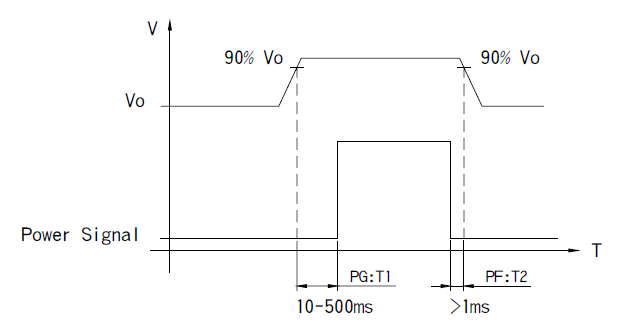
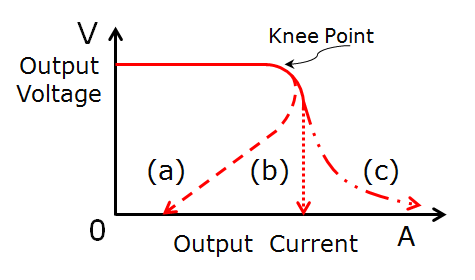
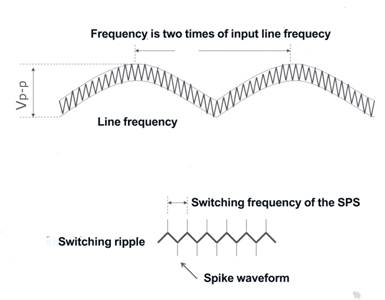
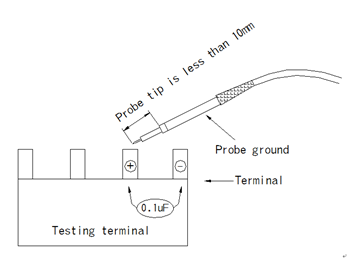
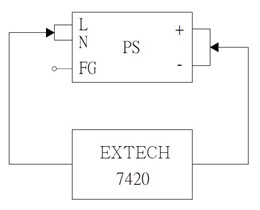
 keweisales
keweisales LIVE CHAT
LIVE CHAT
